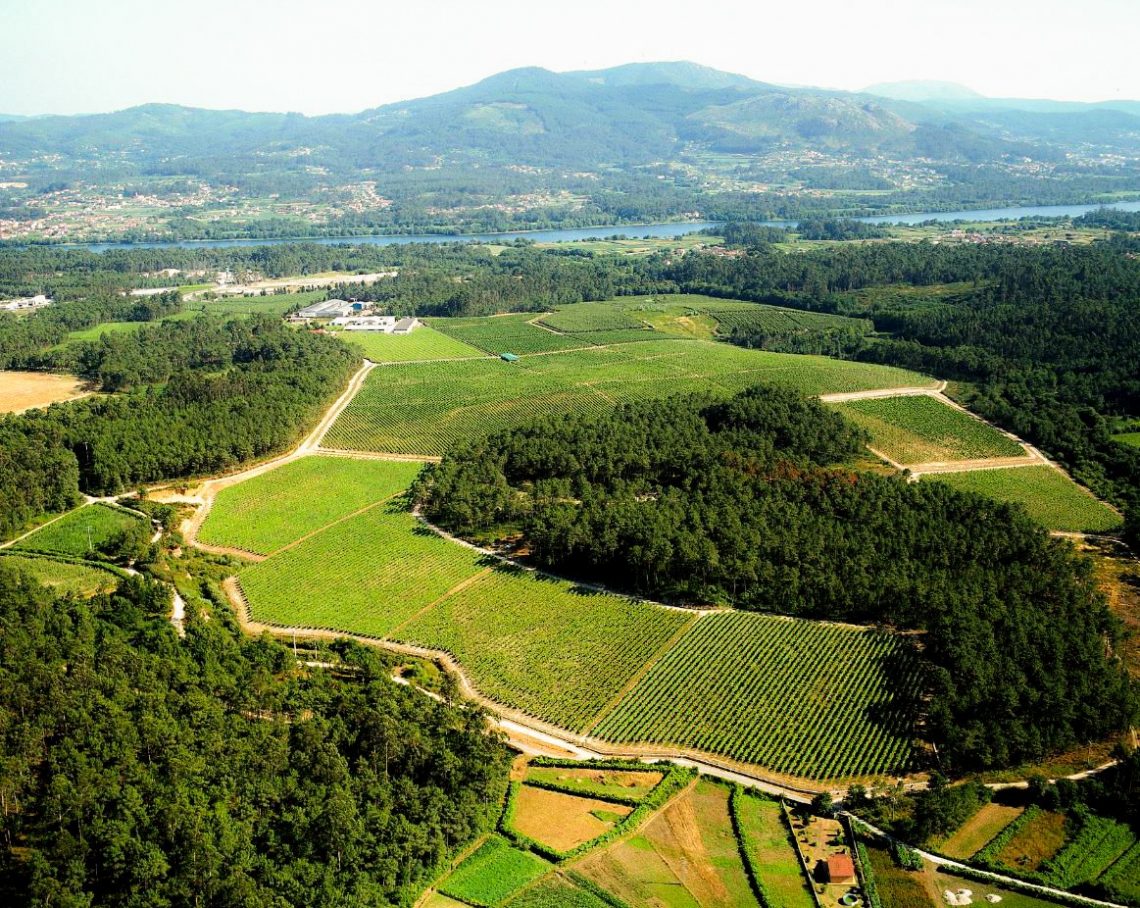There is something magical about Galicia and so extraordinarily different from the rest of fascinating Spain. This region, located in the north-west of the Iberian Peninsula, is not (yet) among the most requested destinations for a first trip to Spain, yet, once visited, it surprises and fascinates for its wild nature, the varied landscapes, including coasts and mountains, and an important biodiversity, the pride of the Autonomous Community.
For the article visit Piero Pardini Wine Reviews.








